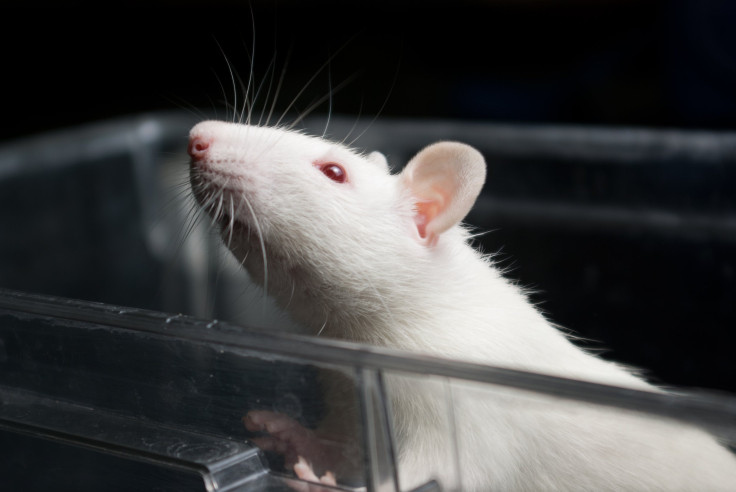Scientists Discover New Combination Of Antibody And Bacterial Toxins To Kill Latent HIV

It’s been years since antiretroviral therapy has allowed HIV patients to live long, healthy, and happy lives. But it’s also been a long time since scientists have tried to find a cure for HIV, with latent HIV cells hiding in the body posing the biggest obstacle.
Researchers have come up with plenty of approaches to eradicate these difficult-to-reach, latent HIV hideouts – combination therapies, vaccines, zinc finger nuclease therapy.
In the midst of all these possibilities and yet no cure, another research project has been published. A new study out of the University of North Carolina School of Medicine found a new way to destroy these hidden HIV-infected cells. The researchers tested mice that had human cells comprising their immune systems, known as BLT mice, and found that a combination of both a bacterial toxin and an antibody could enter HIV-infected cells and eliminate them. This joint antibody-toxin approach would be more effective in killing latent HIV viruses than antiretroviral therapy.
“Our work provides evidence that HIV-infected cells can be tracked down and destroyed throughout the body,” Dr. Victor Garcia, professor of medicine and senior author of the study, said in a press release.
Though antiretroviral therapy (ART) is extremely effective in pushing HIV levels down to a diminished low, small amounts of latent, or hidden, HIV viruses remain in the system. Though ART cannot destroy these latent viruses, Garcia believes the combination of the bacterial toxin and antibody could.
The combination compound was developed by co-authors Dr. Edward Berger and Dr. Ira Pastan, from the National Institutes of Allergy and Infectious Diseases. The antibody is called 3B3 and is combined with a bacterial toxin known as PE38; the authors believed that the antibody would be able to identify a certain HIV protein in cells. The antibody would then attach to the protein, allowing the bacterial toxin to enter the HIV cell and destroy it. According to the press release, Garcia and his team found that “the molecular missile [compound] had killed the vast majority of persistent HIV-infected cells that had been actively producing the virus despite traditional therapy.” This allowed for a large drop in the amount of HIV-infected cells in the body – six times lower than before.
“The [mice with human immune system] model represents a platform in which virtually any novel approach to HIV eradication can be tested,” Garcia said, according to the press release. “It helps us prioritize which therapeutic approaches should be advanced to clinical implementation in humans. This study shows that it’s possible to attack and kill hidden HIV-infected cells that standard therapy can’t touch.”



























